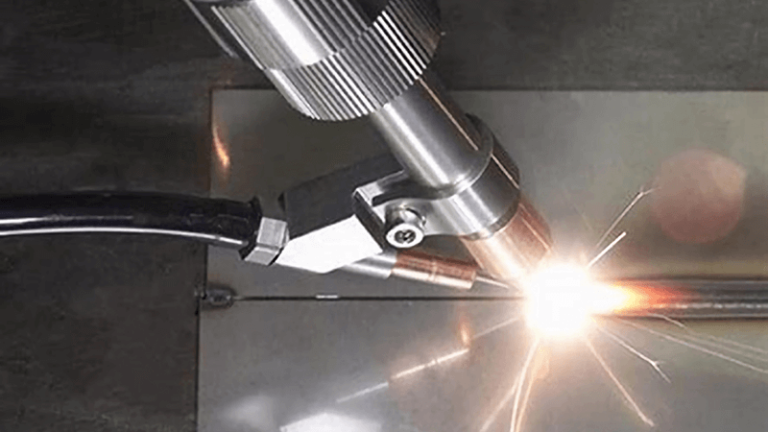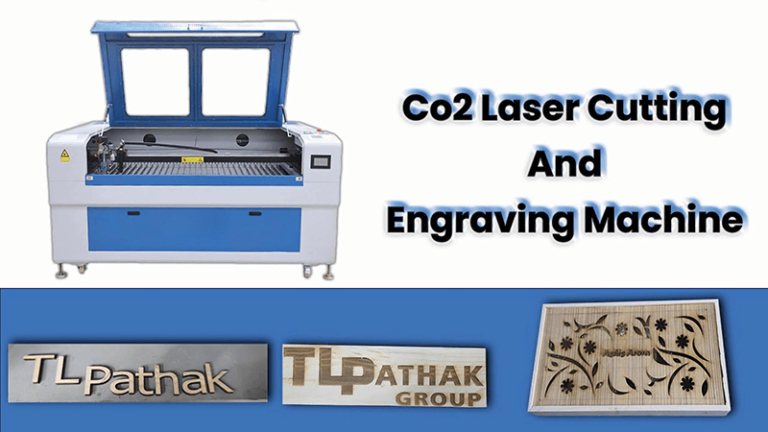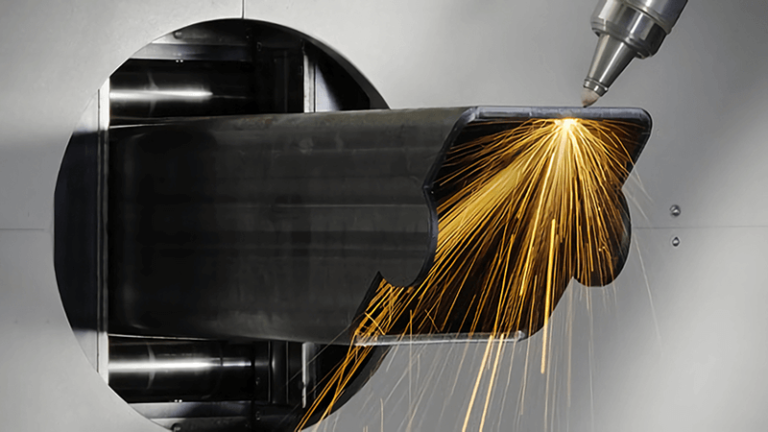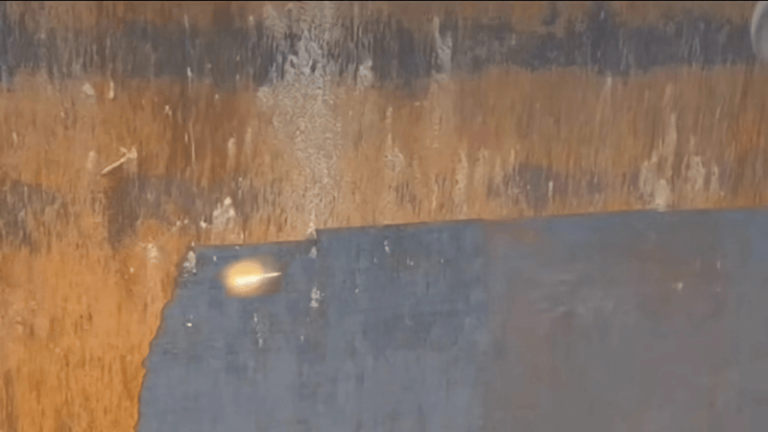Rust and paint removal are crucial tasks in industries like manufacturing, automotive, and metalworking. Traditionally, methods like sandblasting or chemical cleaning were the go-to solutions. But laser cleaning technology is transforming the way we approach these problems, offering a cleaner, safer, and more efficient alternative.
Laser cleaning uses high-energy laser beams to effectively remove rust, paint, and other contaminants from surfaces. It’s a precise, eco-friendly solution that vaporizes unwanted materials without damaging the underlying substrate, making it a game-changer for industrial applications.
Now that we understand the basics of laser cleaning, let’s explore how this technology works in practice, and how it compares to traditional rust and paint removal methods. Let’s dive into the specific benefits and challenges associated with laser cleaning.
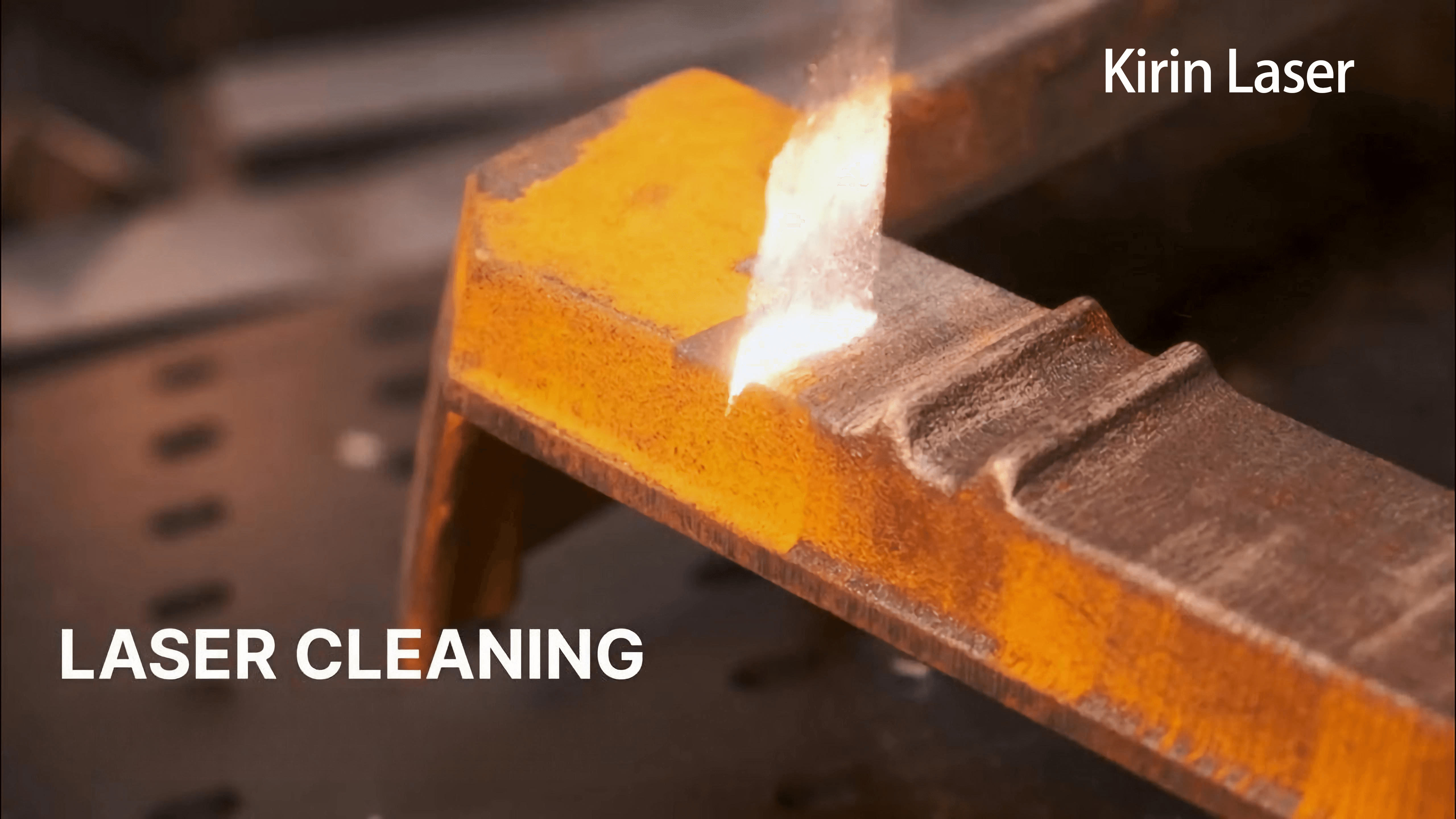
How does laser cleaning remove rust?
Laser cleaning has revolutionized rust removal by offering a precise, non-abrasive solution. Unlike traditional methods, laser cleaning doesn’t rely on mechanical tools or harsh chemicals to remove rust. Instead, it uses the power of focused laser beams.
Laser cleaning removes rust by using a high-energy laser beam to ablate the rust, breaking down its molecular bonds and vaporizing it. This process leaves the underlying surface intact, providing a clean, rust-free finish without damage.
Laser cleaning works by focusing high-energy laser beams onto the rusted surface. The laser energy heats the rust, causing it to rapidly expand, break molecular bonds, and vaporize. As the rust particles are vaporized, they are either blown away by the force of the laser or naturally dissipate into the surrounding environment.
The laser cleaning1 process can be finely controlled, enabling operators to adjust parameters such as power, pulse duration, and frequency, depending on the thickness and type of rust present. This flexibility allows for highly efficient removal of rust without damaging the underlying material. Unlike traditional methods, laser cleaning doesn’t rely on abrasive materials like sand, which can scratch or wear down the metal surface. Instead, it uses the pure energy of light, making it a non-contact cleaning process2.
Laser cleaning is also much faster than manual methods. In many cases, a laser cleaning system can remove rust in a single pass, drastically reducing the time needed for the cleaning process. Furthermore, because laser cleaning doesn’t produce large amounts of waste or debris, cleanup is minimal compared to traditional methods like sandblasting or chemical rust removal3.
One of the major advantages of laser cleaning for rust removal is that it can be used on various substrates, including metals, ceramics, and even composite materials. The technology is highly adaptable, allowing it to be applied to a wide range of industries, from automotive manufacturing to aerospace maintenance.
| Key Factor | Benefit | Example |
|---|---|---|
| Precision | No damage to substrate | Removes rust without harming metal |
| Eco-friendly | Minimal waste and chemicals | No harmful chemicals or abrasive dust |
| Speed | Quick, efficient rust removal | Faster than traditional methods |
| Versatility | Works on multiple materials | Suitable for different types of substrates |

Will laser rust removal remove paint?
Many businesses also struggle with removing paint from surfaces, whether it's to restore machinery or prepare materials for new coatings. Laser cleaning is an effective solution not only for rust removal but also for paint removal.
Yes, laser cleaning can also effectively remove paint. The high-energy laser beam vaporizes the paint without affecting the underlying material, making it ideal for surface preparation or restoring items to their original state.
Laser cleaning works similarly for paint removal4 as it does for rust. A high-energy laser beam is directed at the painted surface, causing the paint to heat up and rapidly break down. The energy from the laser causes the paint molecules to break apart, either vaporizing them or causing them to peel away from the surface.
This process is extremely precise. Unlike abrasive methods like sandblasting, laser cleaning doesn’t involve physical scraping or abrasive particles, which means there’s no risk of damaging the underlying substrate. This makes laser cleaning ideal for applications where the surface material needs to remain undisturbed. For example, when stripping paint from metal parts or machinery, laser cleaning5 ensures that the underlying metal is left intact, preventing corrosion or scratches that might result from abrasive methods.
Laser cleaning also offers advantages in terms of safety and environmental impact. Traditional paint removal methods often rely on toxic chemicals or produce large amounts of waste that require special disposal. Laser cleaning, on the other hand, doesn’t use any chemicals and produces minimal waste. The vaporized paint particles are typically small enough to be filtered out, ensuring that the process is both safe for workers and environmentally friendly.
| Advantage | Benefit | Example |
|---|---|---|
| Precision | Paint removed without damage | Ideal for delicate surfaces |
| Eco-friendly | No chemicals used | Safer for workers and environment |
| Speed | Fast paint removal | Faster than traditional methods |
| Cost-effective | Reduces waste and chemical disposal | Lower long-term operational costs |

Is laser rust removal better than sandblasting?
When it comes to rust removal, sandblasting has long been a popular method. However, laser cleaning offers several advantages over sandblasting that make it a superior choice in many situations.
Laser rust removal is often better than sandblasting because it is more precise, eco-friendly, and less likely to damage the underlying surface. Unlike sandblasting, laser cleaning doesn’t involve abrasives, making it ideal for delicate materials.
Sandblasting has been a standard method for rust removal for many years. It involves blasting a surface with abrasive particles, typically sand, to physically strip away rust. While effective, sandblasting has several disadvantages. One of the most significant is that the abrasives can damage the substrate material, especially if the surface is delicate or if the rust layer is uneven. This is particularly problematic when dealing with high-value or sensitive materials like aluminum, stainless steel, or thin metal sheets.
In contrast, laser cleaning uses a focused beam of light to remove rust without physically touching the material. Because the laser doesn’t rely on abrasives, there is no risk of scratching, denting, or otherwise damaging the surface. This makes laser cleaning6 the preferred method for delicate or high-precision components where surface integrity is critical.
Additionally, sandblasting produces a significant amount of dust and debris, which can be hazardous to workers and require extensive cleanup. Laser cleaning, on the other hand, produces minimal waste and can be performed in a more controlled environment. The debris generated by laser cleaning is typically vaporized, reducing the amount of material that needs to be collected and disposed of.
Laser cleaning also offers greater precision compared to sandblasting. Operators can adjust the laser’s power, pulse duration, and frequency to optimize the cleaning process for different materials and rust types. This level of control allows for more efficient and consistent results.
| Advantage | Benefit | Example |
|---|---|---|
| Precision | No damage to substrate | Ideal for delicate or thin materials |
| Cleanliness | Minimal debris | No need for extensive cleanup |
| Eco-friendly | No abrasives or harmful dust | Safer for workers and environment |
| Speed | Faster rust removal | Less time-consuming than sandblasting |
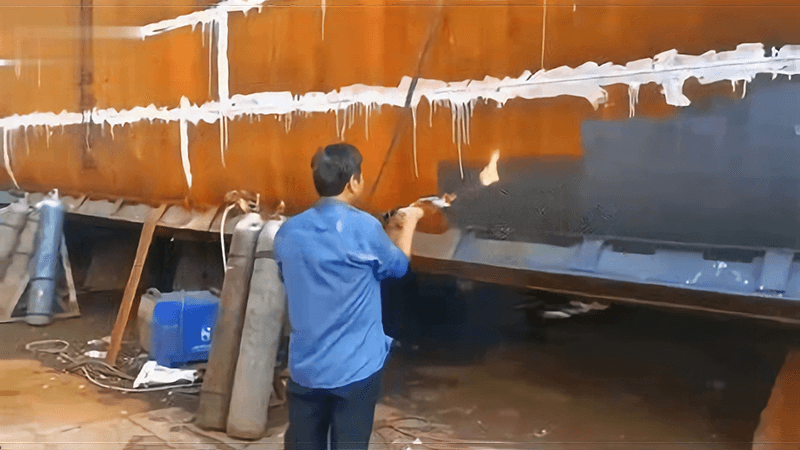
What are the disadvantages of laser cleaning machines?
Despite its many advantages, laser cleaning isn’t without its challenges. Understanding these drawbacks is important for businesses considering the technology for rust and paint removal.
Laser cleaning can be expensive upfront, and it requires proper training to operate effectively. It also has limitations when dealing with certain types of contamination or very thick layers of rust or paint.
One of the main disadvantages of laser cleaning is the upfront cost. High-quality laser cleaning machines can be expensive, which might be a barrier for small to medium-sized businesses. These machines typically require significant investment, and businesses may need to weigh this cost against the long-term savings they can generate in terms of labor and materials.
In addition, laser cleaning requires highly skilled operators. While the technology itself is simple in concept, operating a laser cleaning machine effectively requires proper training and experience. If the laser settings are not optimized for the specific type of material or contamination, the cleaning process may be inefficient or even cause damage to the substrate. This means businesses need to invest in employee training or hire experienced personnel, which adds to operational costs.
Laser cleaning also has limitations when it comes to very thick layers of rust or paint. While the technology excels in removing light to moderate contamination, extremely thick coatings may require multiple passes or a combination of methods to achieve the desired results. In such cases, traditional methods like sandblasting or chemical stripping may still be more effective.
Finally, laser cleaning machines require a power source, which can limit their portability. While some portable models exist, they typically don’t offer the same power and efficiency as stationary machines. This can be a limitation for businesses that need to clean large or hard-to-reach areas.
| Disadvantage | Impact | Solution |
|---|---|---|
| High Initial Cost7 | Expensive upfront investment | Long-term savings can offset the cost |
| Operator Training8 | Requires skilled technicians | Invest in training or hire experts |
| Limited Effectiveness on Thick Coatings9 | May require multiple passes or additional methods | Combine with traditional methods |
| Portability | Limited for large surfaces | Use stationary models for large-scale projects |
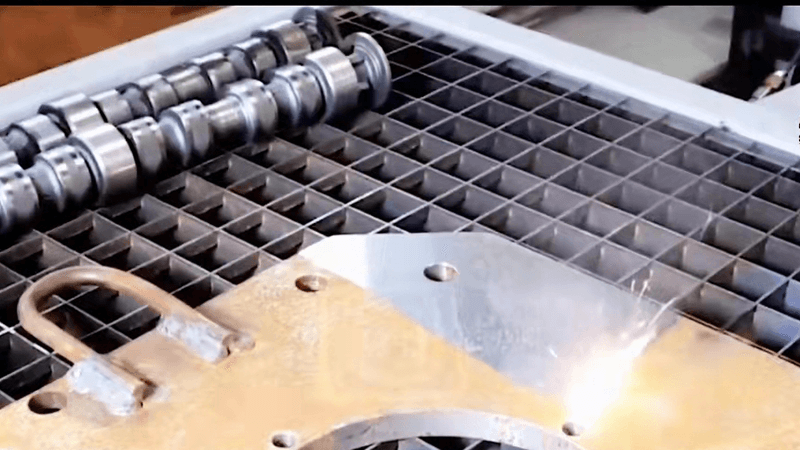
What are the advantages of laser cleaning machines?
Laser cleaning offers numerous advantages that make it an attractive choice for businesses. From precision to eco-friendliness, these machines are setting a new standard for rust and paint removal.
Laser cleaning machines provide high precision, minimal waste, and are environmentally friendly. They are faster, safer, and more efficient compared to traditional methods, making them a superior choice for many industries.
The primary advantage of laser cleaning10 is its precision. Laser cleaning machines can focus their energy on a small area, ensuring that only the rust, paint, or contaminants are removed, without damaging the underlying material. This is particularly valuable for industries that work with sensitive or delicate materials, where surface integrity is essential.
Laser cleaning is also faster than traditional methods like sandblasting or manual cleaning. The technology allows for quick, efficient rust and paint removal, reducing downtime in production and leading to lower labor costs. Additionally, because laser cleaning requires minimal operator involvement once the machine is set up, it allows businesses to streamline operations and focus on other tasks.
An important benefit of laser cleaning is its environmental impact11. Traditional rust and paint removal methods often rely on harmful chemicals or abrasive materials that are not only harmful to the environment but also pose health risks to workers. Laser cleaning, on the other hand, uses no chemicals and produces minimal waste, making it a safer, more eco-friendly alternative.
Moreover, laser cleaning can be used for a wide range of applications beyond just rust and paint removal. The technology is versatile and can be applied to surface preparation, coating removal, and even cleaning in industries like food processing and medical equipment manufacturing. This versatility makes laser cleaning an ideal choice for businesses that need a multi-functional cleaning solution12.
| Advantage | Benefit | Example |
|---|---|---|
| Precision | Removes rust/paint without damage | Ideal for delicate or high-value materials |
| Efficiency | Fast and cost-effective | Reduces labor costs and downtime |
| Eco-friendly | No chemicals or debris | Safer for the environment and workers |
| Versatility | Suitable for various applications | Used in multiple industries like automotive, aerospace, and medical |
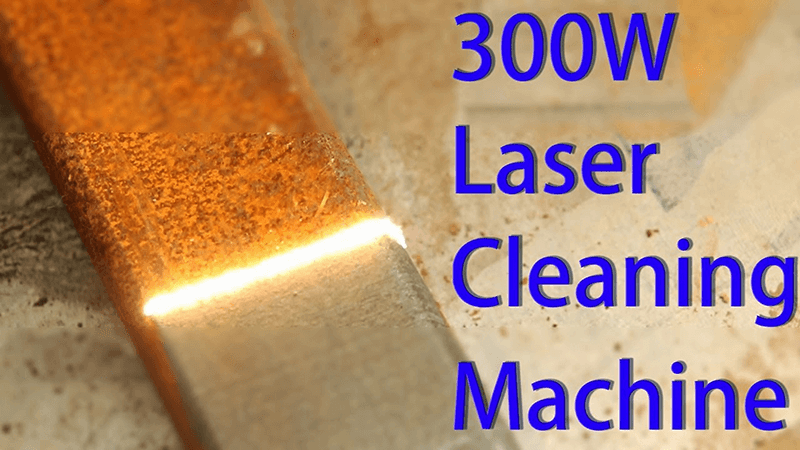
Conclusion
Laser cleaning machines are revolutionizing rust and paint removal by offering precision, speed, and eco-friendly benefits. While there are challenges such as cost and training requirements, the advantages make laser cleaning a superior choice for many businesses. Whether you're looking to improve efficiency, reduce environmental impact, or achieve high-quality results, laser cleaning is a game-changer.
If you are looking for laser cleaning machine13, come to contact us to get your best solutions.
-
Explore the advantages of laser cleaning, including its precision, speed, and eco-friendliness, to understand why it's a preferred method. ↩
-
Learn about non-contact cleaning processes and their benefits, including reduced risk of damage to surfaces and efficiency in cleaning. ↩
-
Discover various rust removal techniques, including laser cleaning, and compare their effectiveness and environmental impact. ↩
-
Learn how laser technology enhances paint removal efficiency and safety compared to conventional methods. ↩
-
Explore the advantages of laser cleaning, including precision and eco-friendliness, to understand its superiority over traditional methods. ↩
-
Explore the advantages of laser cleaning, including precision and eco-friendliness, to understand why it's a superior choice for rust removal. ↩
-
Understanding the long-term savings can help businesses justify the initial investment in laser cleaning technology. ↩
-
Proper training is crucial for maximizing the efficiency and safety of laser cleaning operations, making this resource valuable for businesses. ↩
-
Exploring effective methods for thick coatings can help businesses choose the right cleaning strategy for their needs. ↩
-
Explore the advantages of laser cleaning technology, including its precision and eco-friendliness, to enhance your understanding of modern cleaning solutions. ↩
-
Learn about the environmental benefits of laser cleaning, which eliminates harmful chemicals and reduces waste, making it a safer choice for industries. ↩
-
Discover the diverse applications of multi-functional cleaning solutions, including laser cleaning, to see how they can benefit different sectors. ↩
-
Kirin Laser has different kinds of laser cleaning machines, know more details and informations from our website. ↩


